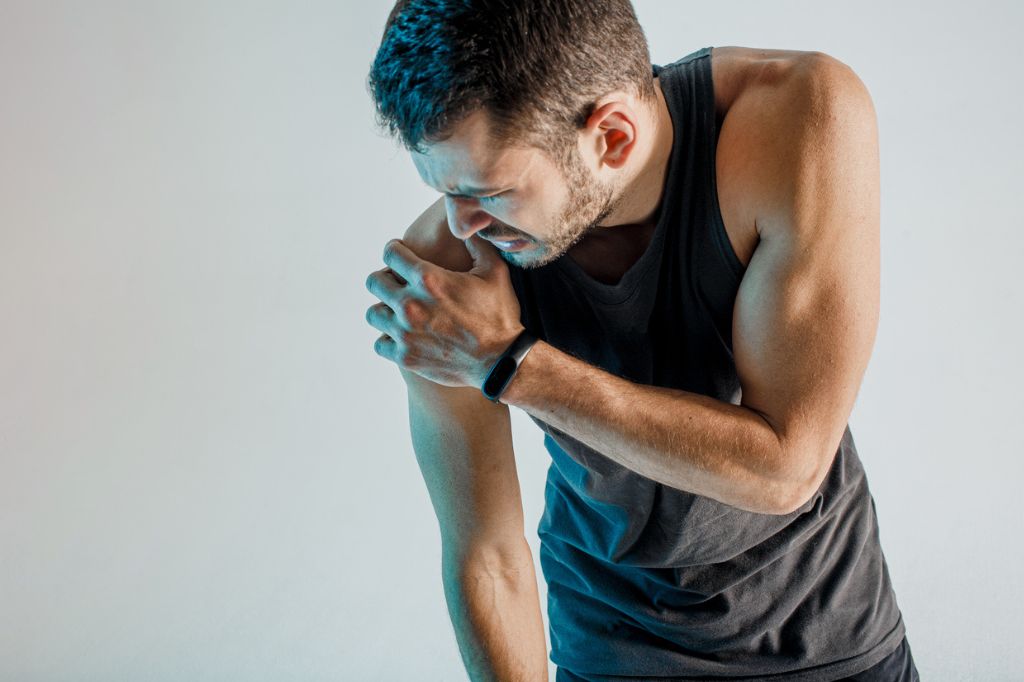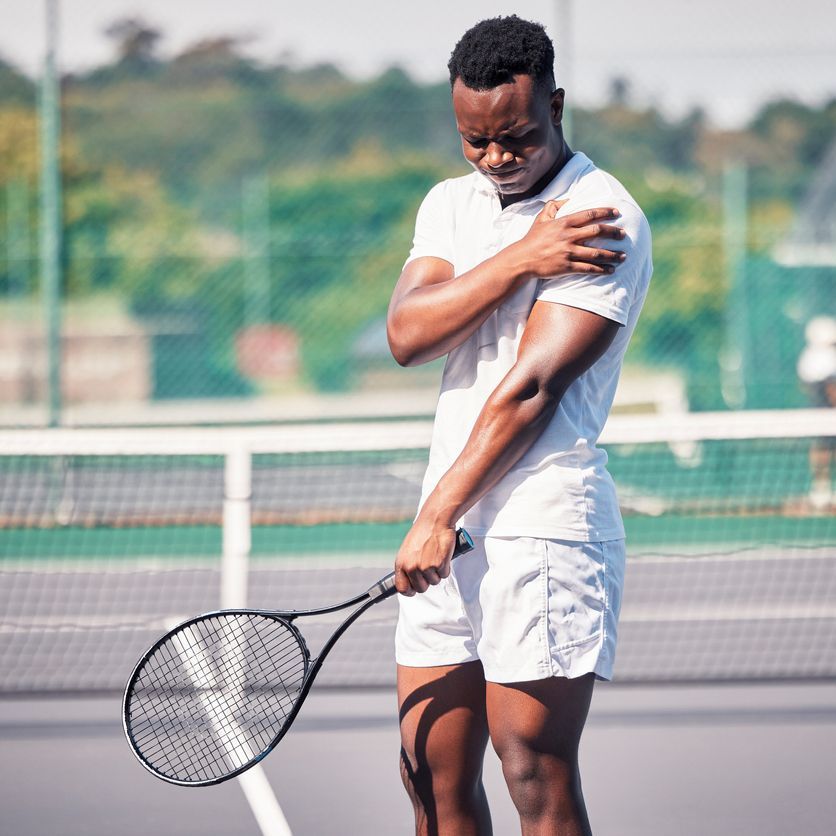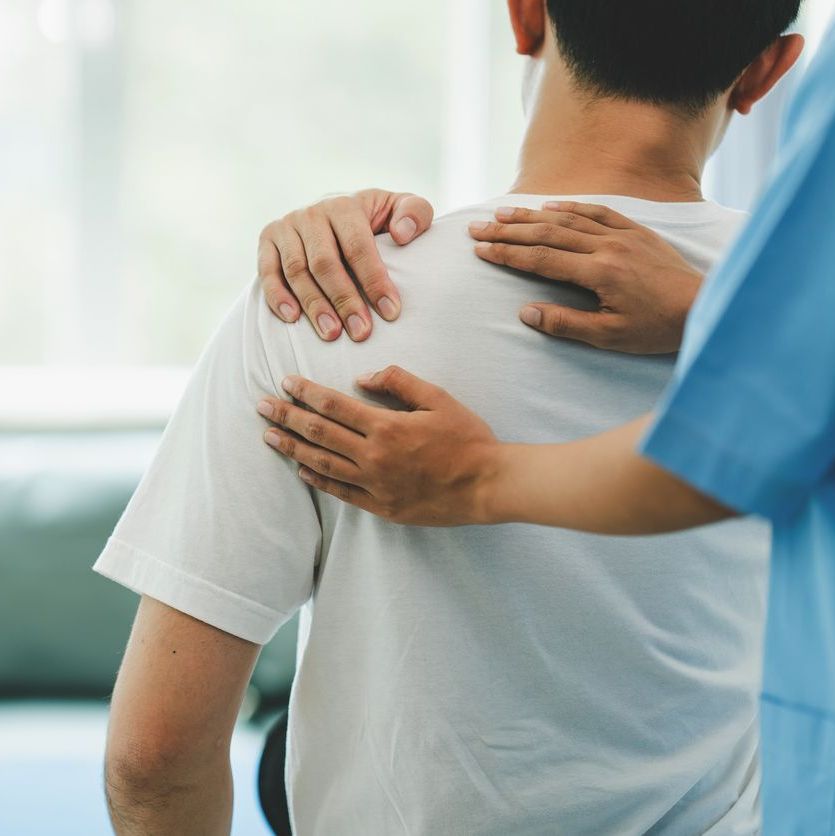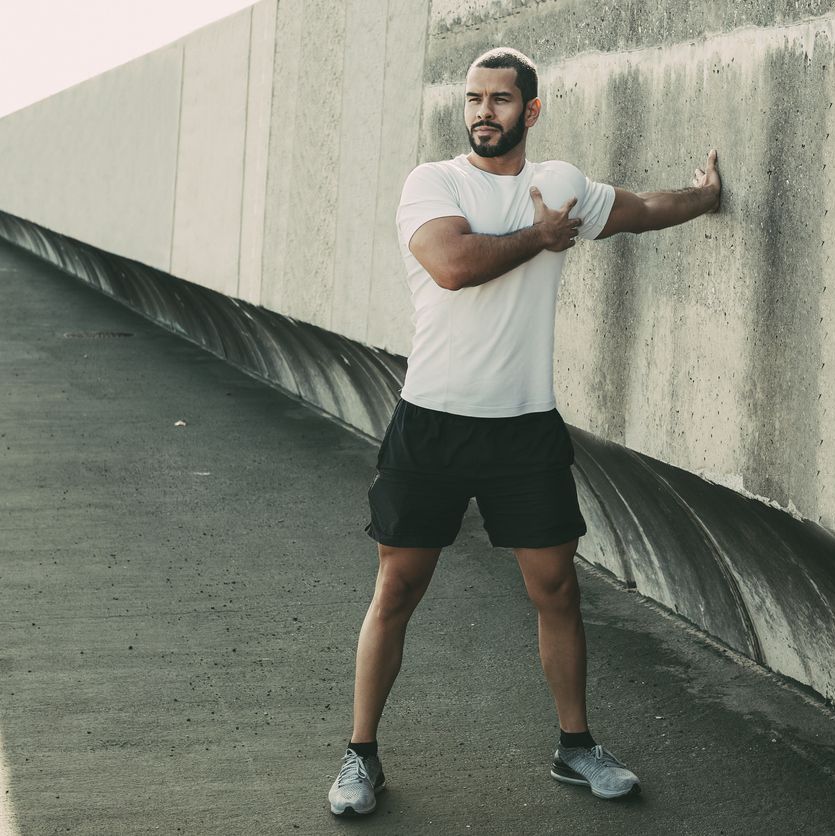
A torn rotator cuff is a common injury, especially among people who frequently engage in activities that involve lifting, reaching, or repetitive arm movements. This injury can range from a minor tear that causes discomfort to a severe tear that limits shoulder function. At Orthopedic Specialty Institute, we know how debilitating a rotator cuff tear can be and are here to help you understand what it feels like, why it happens, and what treatment options are available to get you back to a pain-free life.
What a Torn Rotator Cuff Feels Like
Recognizing the symptoms of a torn rotator cuff can help you seek treatment early, preventing further damage and potentially easing recovery. Here are some common sensations and symptoms associated with a torn rotator cuff:
1. Persistent Shoulder Pain
One of the hallmark signs of a torn rotator cuff is a deep, dull ache in the shoulder, which is often worse at night. This pain is usually present even when the arm is at rest, but it tends to worsen when you try to lift, reach, or engage in other activities that involve shoulder movement. Pain may also increase at night, especially if you lie on the affected shoulder.
2. Weakness in the Shoulder
A torn rotator cuff can make it difficult to perform tasks that require lifting, rotating, or holding weight with the affected arm. You may feel like your shoulder has lost strength, and activities that were once easy — like lifting groceries or reaching for objects overhead — can suddenly feel challenging or even impossible.
3. Limited Range of Motion
Rotator cuff tears can limit your shoulder’s range of motion. For example, you might struggle to reach behind your back, comb your hair, or stretch your arm across your body. This limitation is often due to pain and inflammation around the torn tendon, making it difficult to move the shoulder without discomfort.
4. Clicking or Popping Sounds
Some people with a torn rotator cuff report hearing a clicking or popping sound when they move their shoulder. This can happen because the tear disrupts the smooth movement of the joint, causing friction and other irregular movements within the shoulder.
5. Pain that Worsens with Activity
If you notice your shoulder pain increases with certain activities — such as lifting, reaching, or repetitive movements — it could be a sign of a torn rotator cuff. This pain is usually sharper than the deep, dull ache you may feel at rest.
While these symptoms can indicate a rotator cuff tear, they can also be associated with other shoulder issues. That’s why it’s essential to consult with a specialist for an accurate diagnosis and personalized treatment plan.
Why Do Rotator Cuff Tears Happen?
The rotator cuff is a group of four muscles and tendons that stabilize the shoulder and allow for its wide range of motion. These tendons work together to hold the upper arm bone in the shoulder socket, enabling movements such as lifting and rotating the arm. Over time, these tendons can wear down, leading to tears. Here are some common reasons why rotator cuff tears occur:
Repetitive Use or Overuse
Rotator cuff tears are often seen in people whose jobs or hobbies require repetitive shoulder movements. Athletes, particularly baseball players, tennis players, and swimmers, are at risk because of the repetitive overhead motions involved in their sports. Similarly, jobs that require frequent lifting or reaching — such as painting, carpentry, or construction — can lead to gradual wear and tear on the rotator cuff.
Aging and Degeneration
As we age, the tendons in the rotator cuff naturally weaken, making them more prone to tears. People over the age of 40 are at an increased risk of rotator cuff tears, particularly those caused by gradual degeneration. In fact, degenerative tears are the most common type of rotator cuff injuries and are more likely to occur in the dominant arm.
Trauma or Sudden Injury
Rotator cuff tears can also occur suddenly due to trauma. A fall, lifting something too heavy, or a sudden jerking motion can result in an acute tear. Traumatic injuries tend to cause more severe symptoms and may require more immediate treatment.
Diagnosing a Torn Rotator Cuff
If you suspect a rotator cuff tear, it’s important to seek a professional diagnosis. At Orthopedic Specialty Institute, our specialists perform a thorough physical examination, often followed by imaging tests such as an MRI or ultrasound, to confirm the presence and extent of a tear. This precise diagnosis allows us to create a treatment plan that is specifically tailored to your needs.
How are Rotator Cuff Tears Treated?
The treatment for a torn rotator cuff depends on the severity of the tear, the level of pain, and the patient’s lifestyle and activity goals. Here are some common treatment options available:
Rest and Activity Modification
For minor tears or overuse injuries, resting the shoulder and avoiding activities that aggravate the pain can help the tendon heal. Limiting the shoulder’s range of motion reduces inflammation and gives the tendon a chance to repair itself.
Physical Therapy
Physical therapy is a cornerstone of rotator cuff treatment, especially for partial tears. A structured physical therapy program helps strengthen the muscles around the shoulder, improve flexibility, and reduce pain. Exercises are designed to gradually restore function and range of motion, enabling you to return to your normal activities safely.
Our team at Orthopedic Specialty Institute specializes in creating individualized physical therapy plans to help patients recover from rotator cuff injuries effectively.
Medications
Over-the-counter pain relievers, such as ibuprofen or acetaminophen, can help manage pain and reduce inflammation. For more severe pain, a doctor may recommend a corticosteroid injection directly into the shoulder joint to provide temporary relief.
Platelet-rich Plasma (PRP) Injections
PRP therapy is a regenerative treatment option that uses your body’s own platelets to promote healing. In this procedure, a small amount of your blood is drawn, processed to concentrate the platelets, and then injected into the damaged tendon. This treatment can help speed up healing and may reduce the need for more invasive procedures.
Surgical Intervention
In cases of complete tears, large tears, or injuries that do not respond to conservative treatments, surgery may be recommended. Rotator cuff surgery is typically performed arthroscopically, using small incisions and a camera to guide the repair. During surgery, the torn tendon is reattached to the bone, allowing it to heal over time. Recovery from rotator cuff surgery can take several months and usually involves a physical therapy program to restore strength and mobility.
Protecting Your Shoulder and Preventing Future Tears
Once you’ve experienced a rotator cuff tear, it’s essential to take steps to protect your shoulder and prevent further injury. Here are a few tips to keep your shoulder healthy:
- Strengthen Shoulder Muscles: Regular strength training can improve stability and reduce the likelihood of re-injury.
- Avoid Repetitive Overhead Motions: If possible, limit activities that require repetitive overhead motions, especially if they caused the initial injury.
- Practice Proper Lifting Techniques: When lifting objects, keep them close to your body and use your legs to lift, not your shoulders.
Find Relief for Your Rotator Cuff Pain at Orthopedic Specialty Institute
If you’re experiencing symptoms of a rotator cuff tear, the team at Orthopedic Specialty Institute is here to help. From non-surgical treatments to advanced surgical options, we offer a comprehensive approach to shoulder care tailored to your needs. Don’t let shoulder pain limit your lifestyle — contact us today to request an appointment and take the first step toward recovery.
